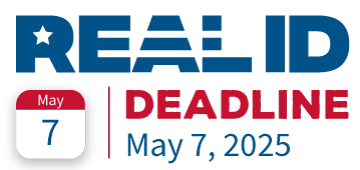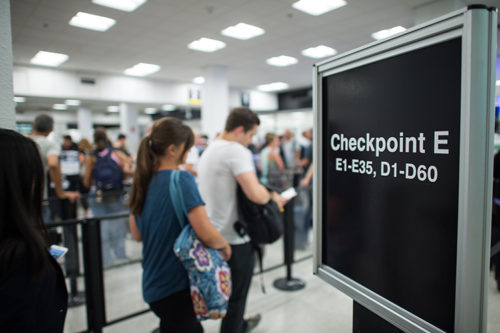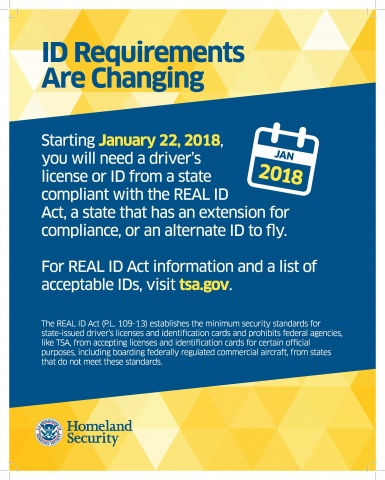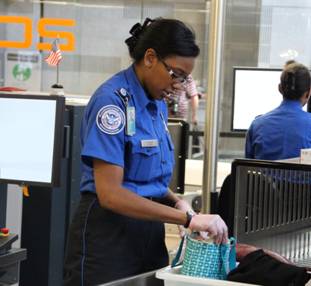
Citing the lingering effect of the COVID-19 pandemic and the public’s ability (and reluctance) to obtain a REAL ID driver’s license or identification card, federal officials have once extended the deadline for when fliers must have a federally compliant REAL ID.
On Monday, the Department of Homeland Security announced that the deadline for enforcement of REAL ID has been extended from May 3, 2023 to May 7, 2025.
That means states and travelers now have two more years to meet the deadline of making sure travelers have compliant driver’s licenses and identification cards.
During the pandemic, many states closed license centers or severely limited the hours of operations. Many states also extended the expiration dates on driver’s licenses and moved all operations online. That made it difficult for states to make real progress on issuing REAL ID-compliant driver’s licenses and identification cards.
“We welcome the DHS announcement postponing the implementation of REAL ID requirements for individuals boarding commercial aircraft,” said Kevin M. Burke, president and CEO of Airports Council International – North America (ACI-NA) in a statement. “Despite previous extensions to REAL ID implementation, the saturation of REAL ID compliant licenses and identification cards remains low.”
How low?
According to the U.S. Travel Association, an estimated 83 million Americans (34%) currently do not have any form of ID that meets the REAL ID requirements.
What is REAL ID ANYWAY?
Passed by Congress in 2005 following a 9/11 Commission recommendation, the REAL ID Act establishes minimum security standards for state-issued driver’s licenses and identification cards.
Under the regulations and the new deadline, beginning May 7, 2025, every traveler 18 years of age or older will need a REAL ID-compliant driver’s license or identification card, state-issued enhanced driver’s license, or another TSA-acceptable form of identification (i.e a passport) to pass through security checkpoints for domestic air travel.
IDs – driver’s licenses and passports – are one of the top items left behind at airport checkpoints. And TSA destroys IDs that remain unclaimed after 30 days.
Replacing a driver’s license is a hassle. Replacing a passport is an even bigger hassle. So we don’t advise using your passport for domestic travel instead of getting a REAL ID compliant license or ID card,




